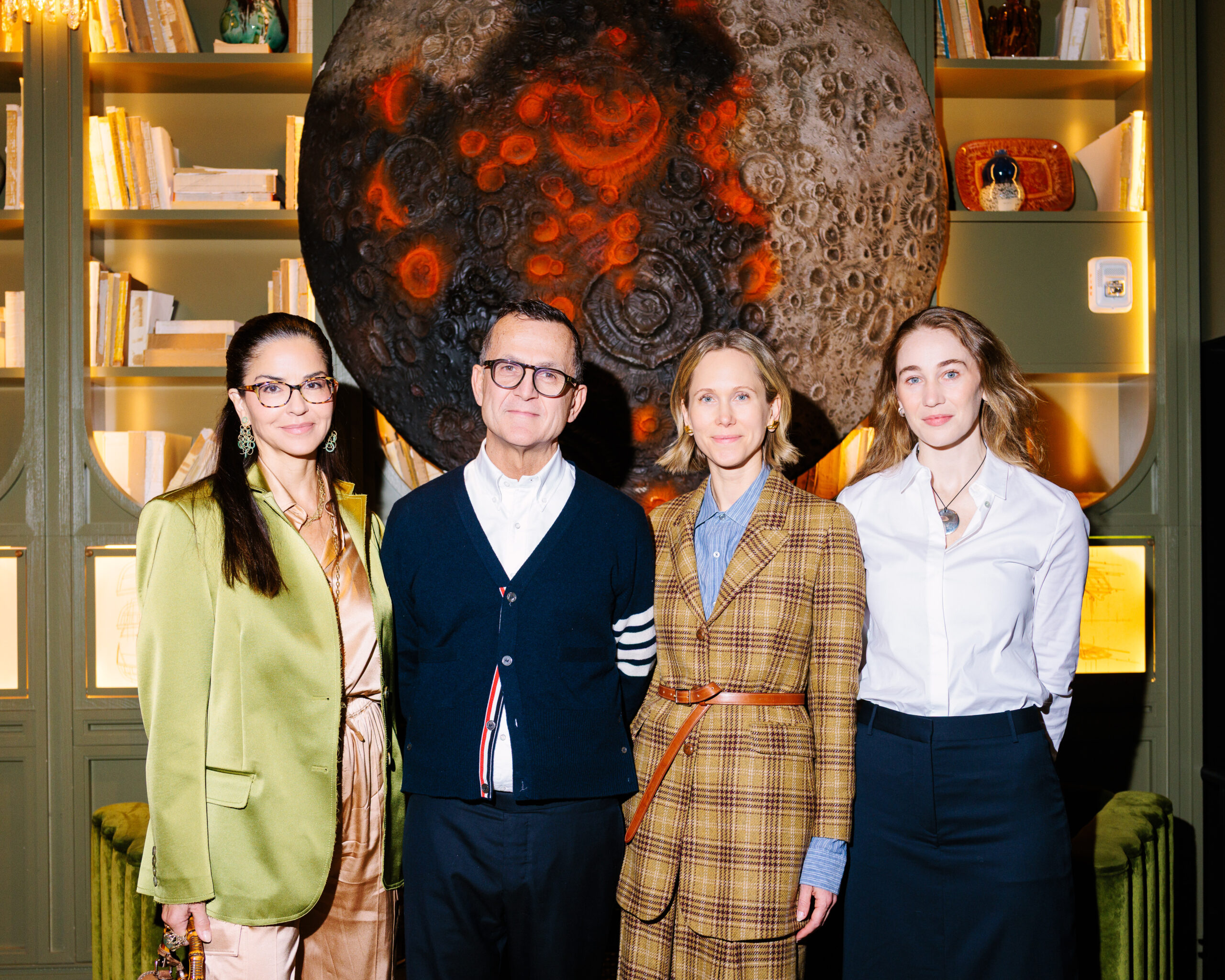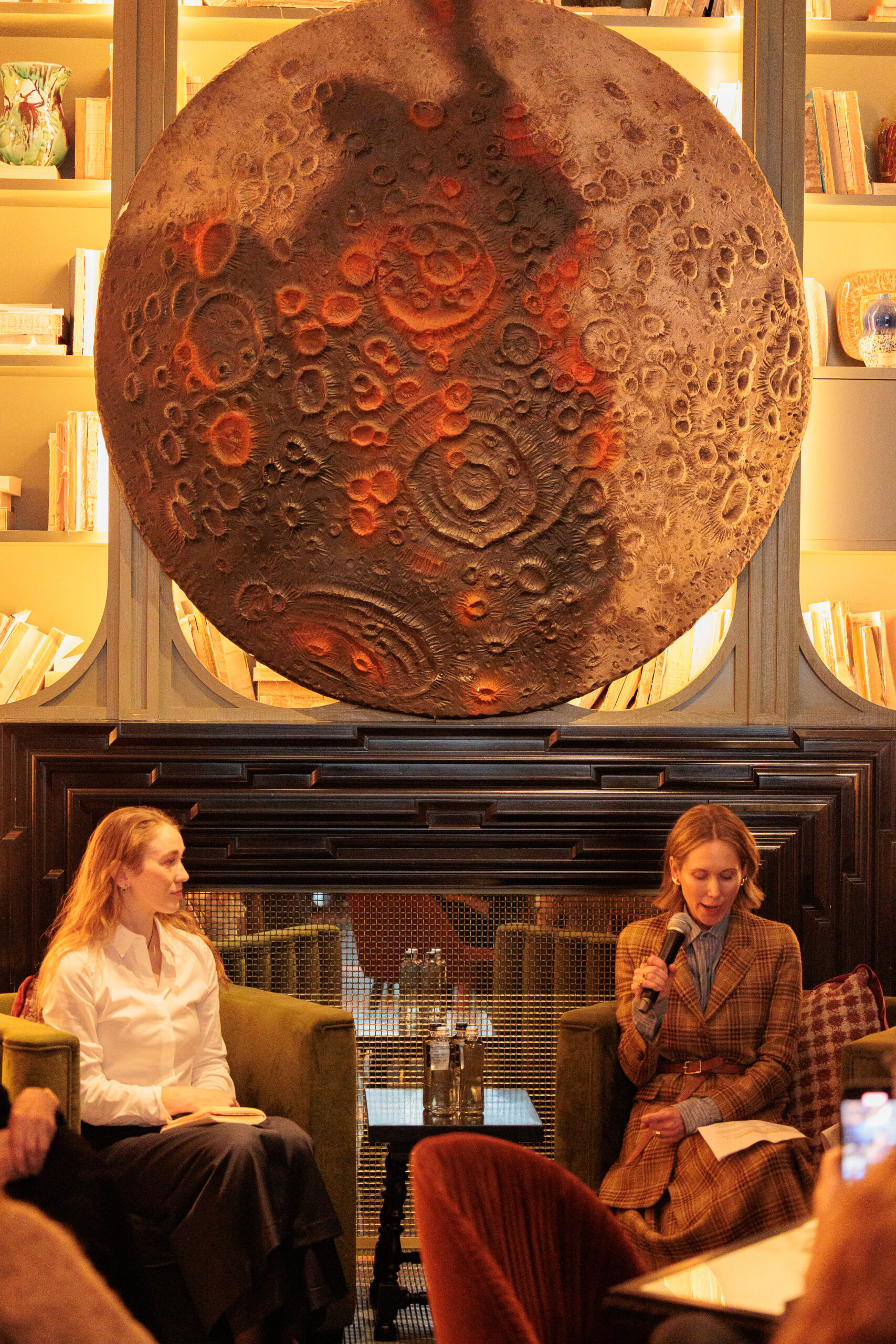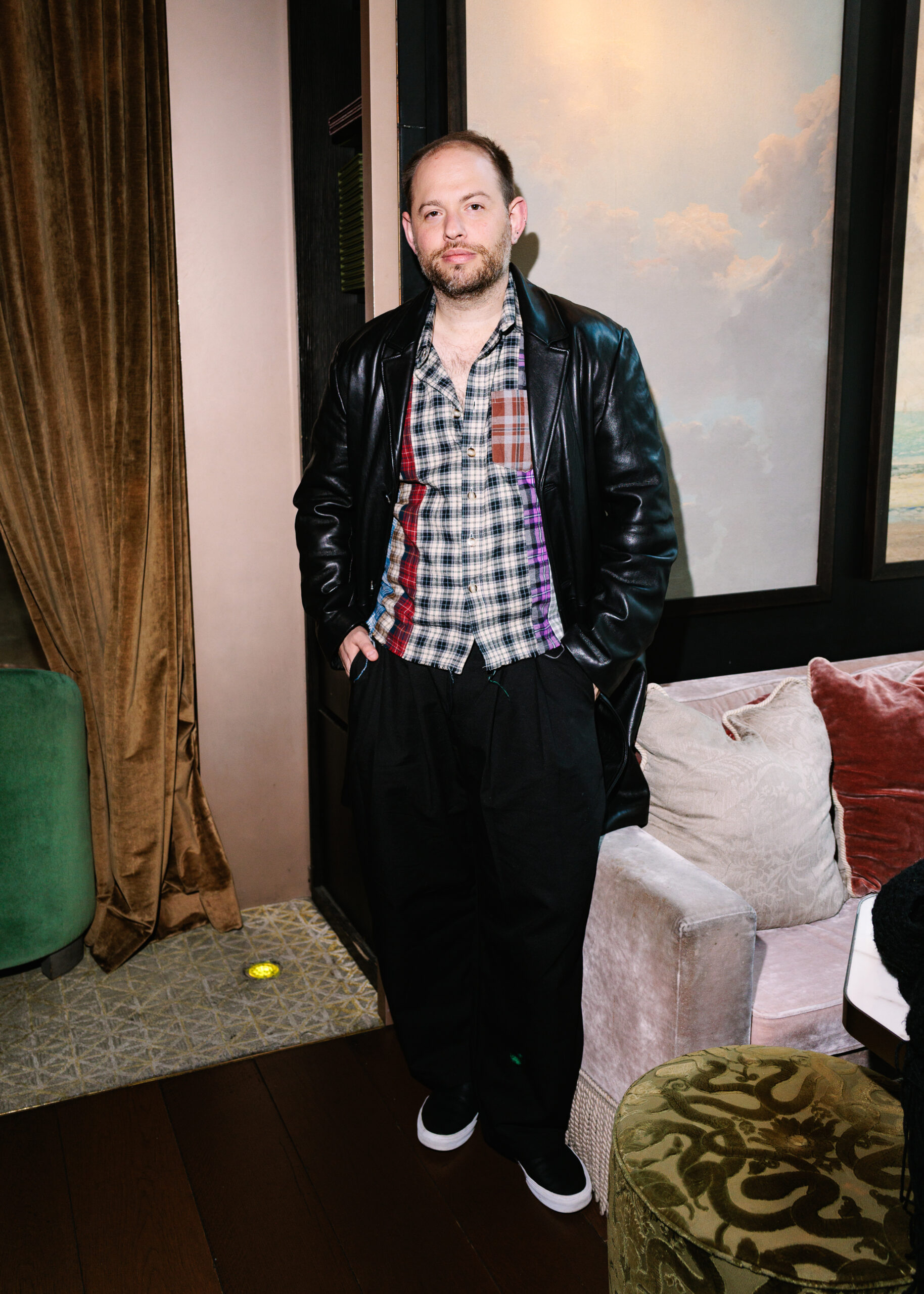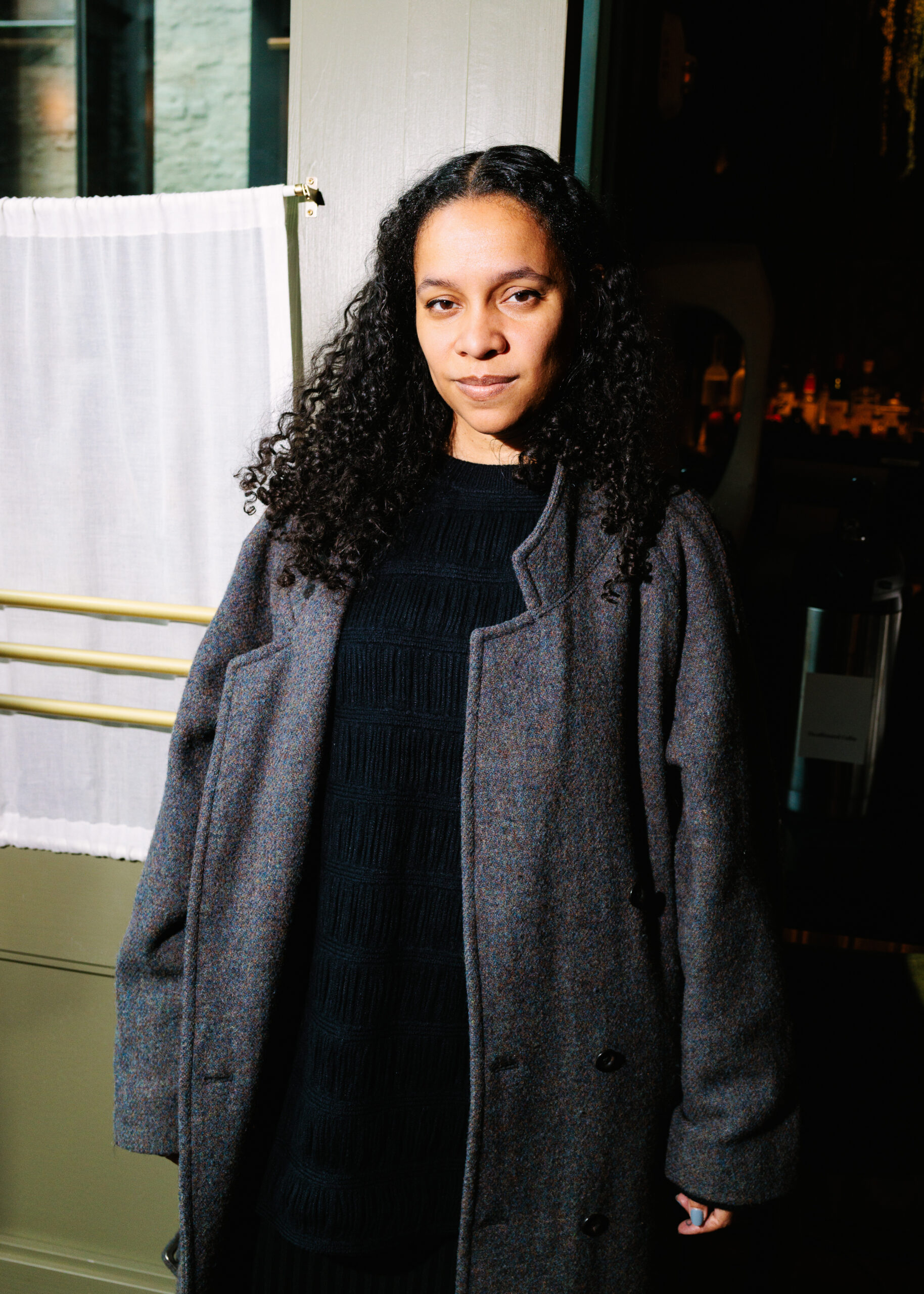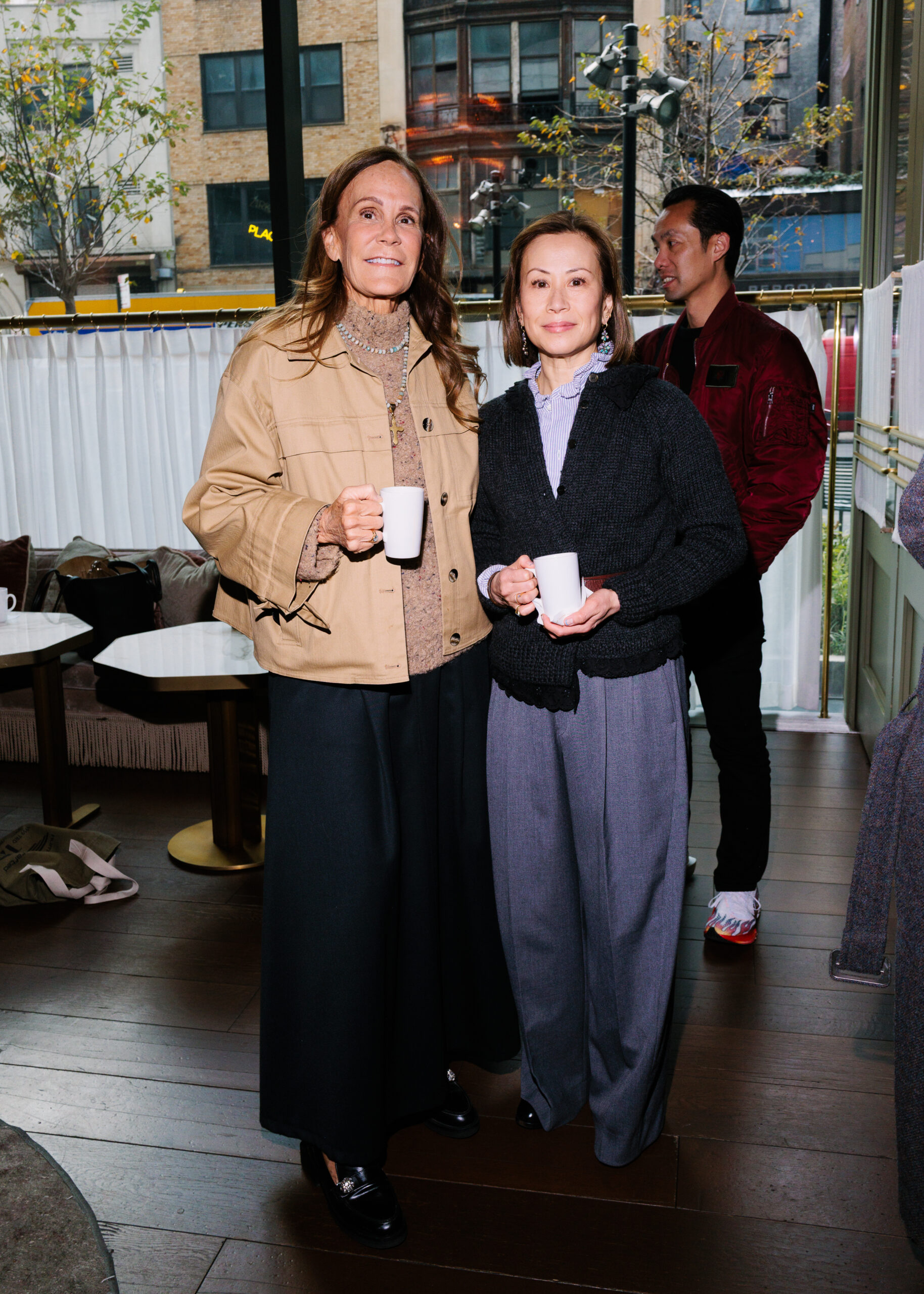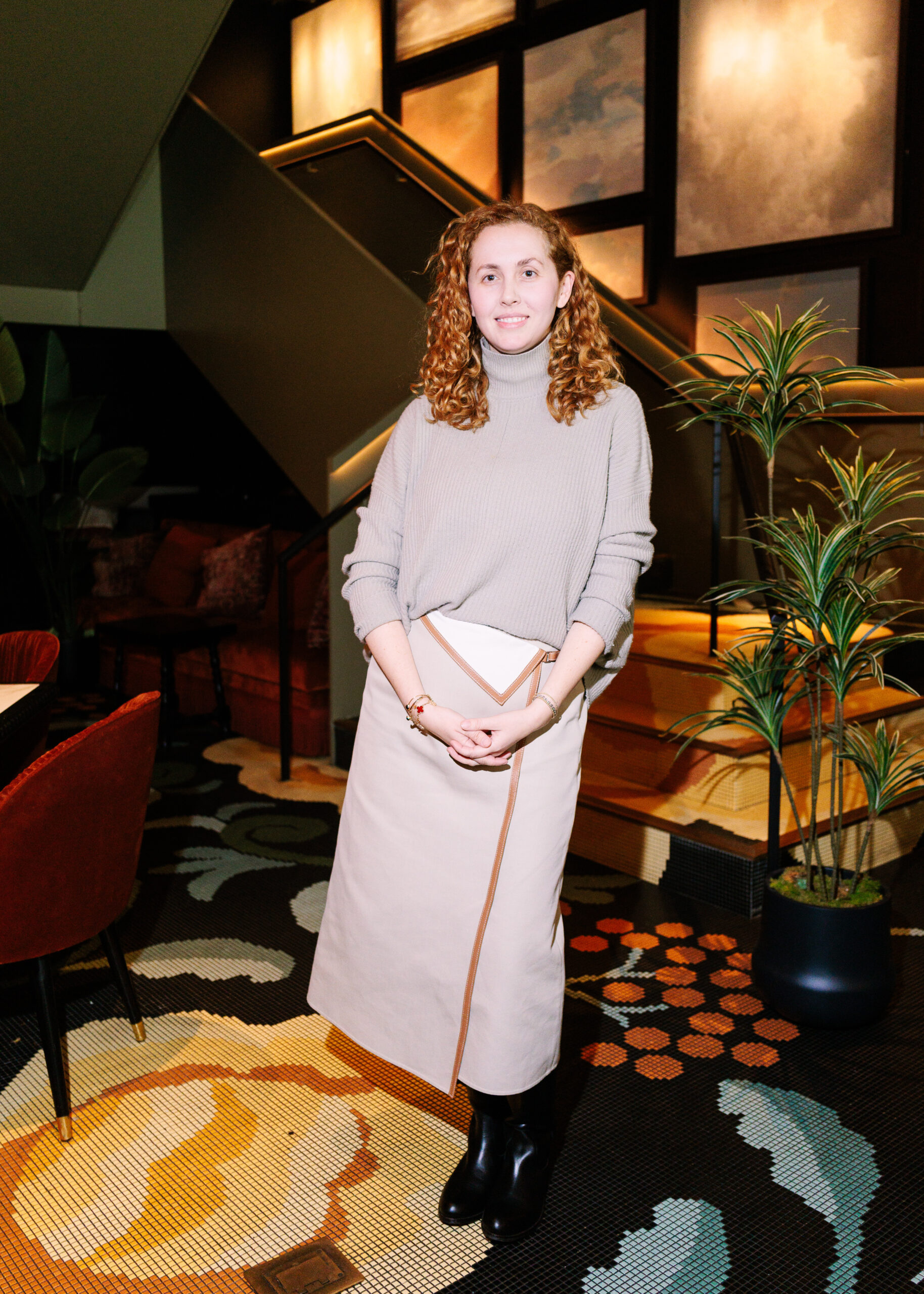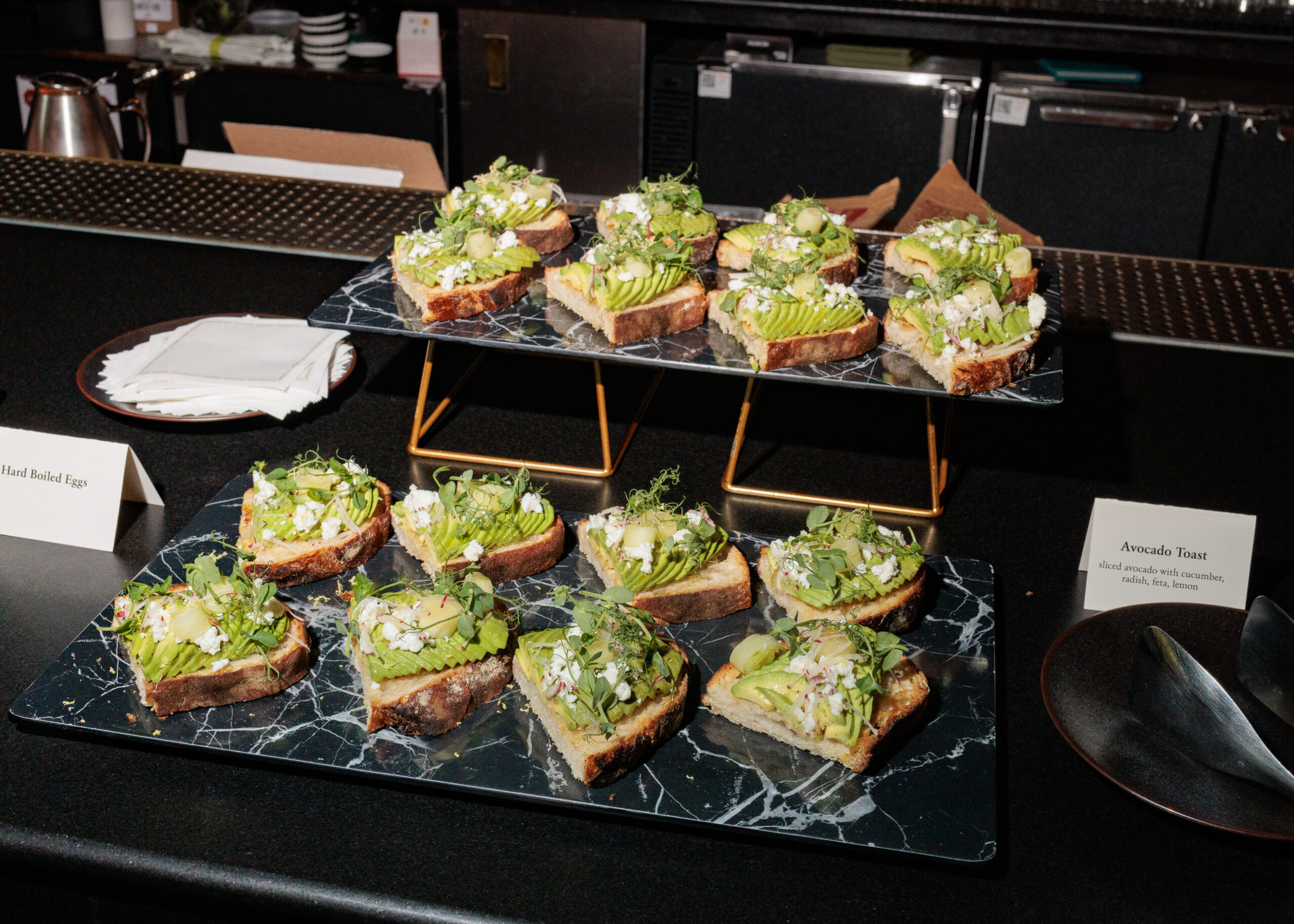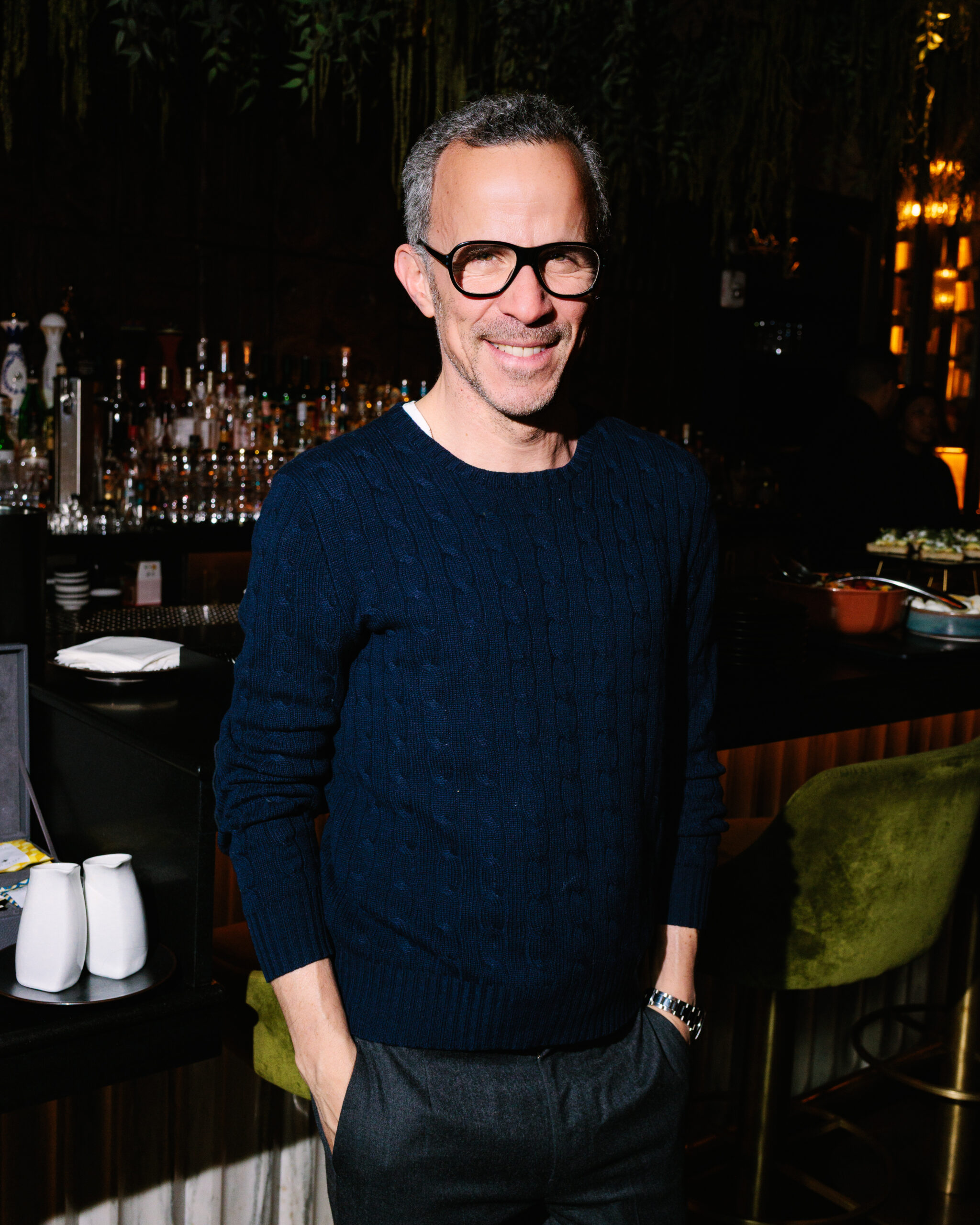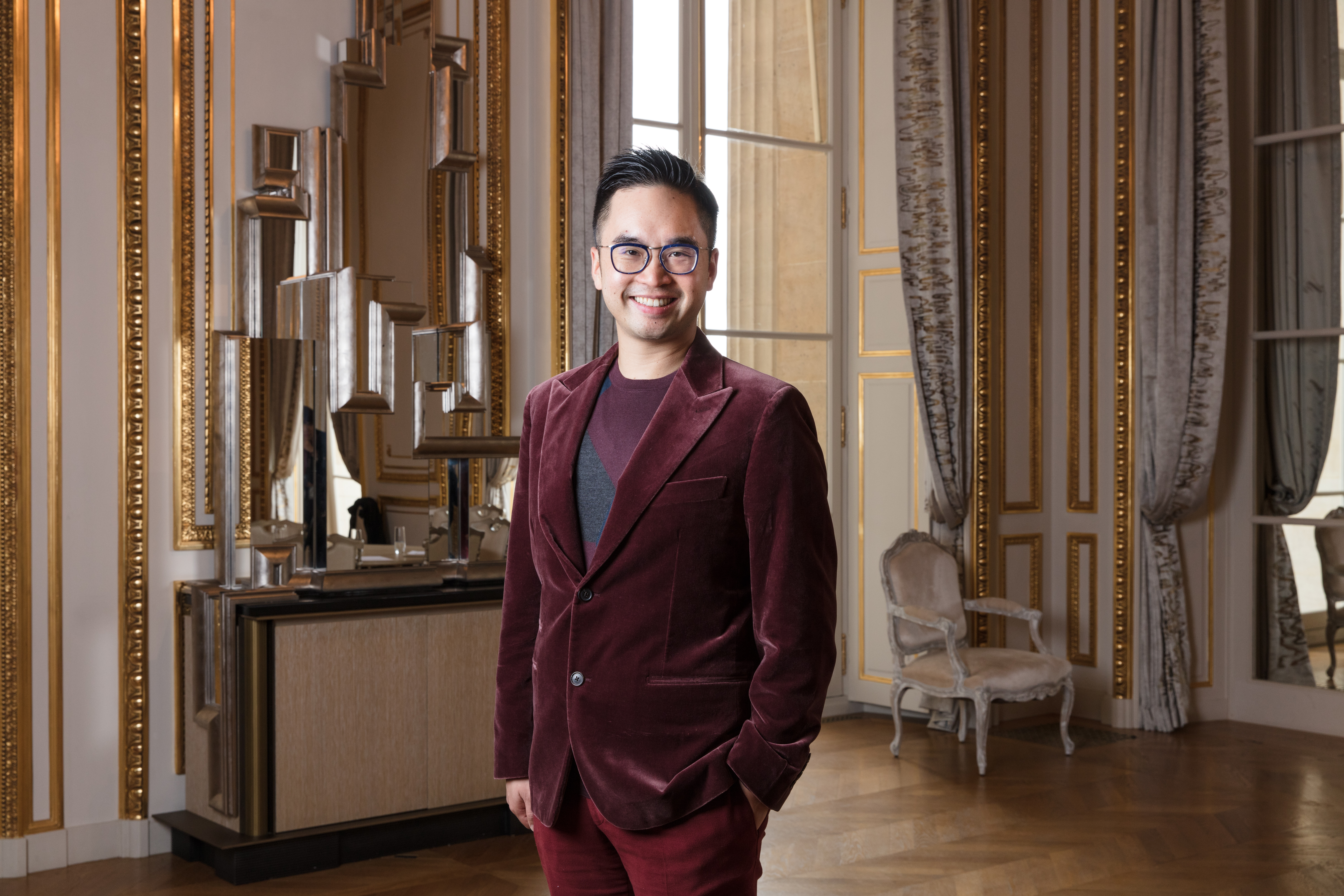An intimate breakfast at The Ritz NoMad’s Bazaar Bar set the stage for the first session of The Roundtable Series co-hosted by the Council of Fashion Designers of America, eBay, and The Circularity Project.
The gathering brought together leading voices in fashion to explore how fashion can reimagine one of its most celebrated stages – the runway – through a circular lens.
Moderated by Indre Rockefeller, founder of The Circularity Project, the dialogue centered on translating creative vision into more responsible production, examining what “designing out waste” looks like in practice, from pre-show material sourcing to post-show reuse.
Rockefeller was joined by Kate Danielsen, Category Manager of Preloved Apparel at eBay; Renata Xatart, US Managing Director of Bureau Betak; and Hillary Taymour, Creative Director and founder of Collina Strada. Together, these speakers offered nuanced perspectives on circularity, resource sharing, and innovation in show production.
Among the guests in attendance were designers, executives, editors, and strategists whose influence and leadership continue to shape the future of fashion. They included Rachel Scott, Jonathan Cohen, Alejandra Alonso Rojas, Maria McManus, Miki Higasa, Tonne Goodman, Julie Gilhart, Erin Hawker, and Rebcca Elliott. They listened to the conversations while enjoying the delicacies from the Bazaar Bar breakfast assortment.
A special thank you to Flag Luxury Group, José Andrés Group, and Dayssi Olarte de Kanavos for making this event possible.
Curating an “Endless Runway”
Kate Danielsen, eBay’s Category Manager for Preloved Apparel, highlighted that circularity at eBay begins with understanding consumer behavior and increasing accessibility to preloved fashion. With a mission to redefine recommerce, eBay’s intentional investments in technology, partnerships and trust-building tools, aim to make shopping pre-loved more approachable and exciting for consumers. She shared data pointing to a significant shift among young shoppers, as eBay saw the largest year over year growth amongst Gen Z and Millennials in 2024.
This growing resonance for pre-loved is also reflected in a surge in searches for archival pieces on the eBay marketplace, signaling the enduring appeal of iconic design and sustainable style.
These analytics, Danielsen added, offer real-time insight into what eBay shoppers value, what is influencing resale trends on the platform, and the demand for what designers themselves put on the runway. In that sense, eBay’s ecosystem operates like an ongoing cultural barometer –tracking nostalgia, rarity, and revival in a way that continuously informs design storytelling. She also noted that circularity isn’t just reuse, it’s connecting the past and present chapters of a brand’s story.
Production Without Excess
Renata Xatart, U.S. Managing Director at Bureau Betak’s, spoke on operationalizing that philosophy within show production. She emphasized that impactful design need not rely on disposable spectacle; instead, thoughtful use of lighting, sound, choreography, and venue can create memorable, immersive experiences that are as impactful.
Xatart also pointed to collaboration across brands as a powerful tool for lowering impact. A recent example of this was consecutive presentations at the same venue sharing infrastructure, which cut duplicate buildouts while creating a compelling narrative around partnership and sustainability. Moments like this demonstrate how circular production can deliver real economic and material savings.
Importantly, Xatart underscored the longevity of set pieces as key to circularity. If designed with the intention to live beyond the runway, stage elements can continue their life in retail spaces, campaign imagery, and content studios, closing the loop on event production materials and extending their value.
Radical Reuse
Designer Hillary Taymour brought the ethos of radical reuse and resource-sharing to the fore. Taymour advocated for reimagining every resource – from unraveling old sweater yarn into string for tying and hanging elements, to supporting privately owned green spaces across the city as vital venues for conscious presentation. The designer also emphasized the importance of sustainable decisions backstage – opting for food and water offered in recyclable packaging and eliminating single-use plastics where possible.
Taymour’s methodology goes beyond reducing waste; it cultivates a mindset where every element of a show is considered for its legacy and future utility. The result is a process and presentation that reinforces a culture of community care, resource stewardship, and a standard for long-term sustainability.
Reframing the Runway
As the morning came to a close, a shared sense of possibility lingered in the room. As brands rethink the lifecycle of their materials, venues, and creative outputs, the runway must evolve from a singular moment of display into a continuous, regenerative system.
Designing out waste isn’t a limitation to creativity – it’s an invitation to reimagine it.
